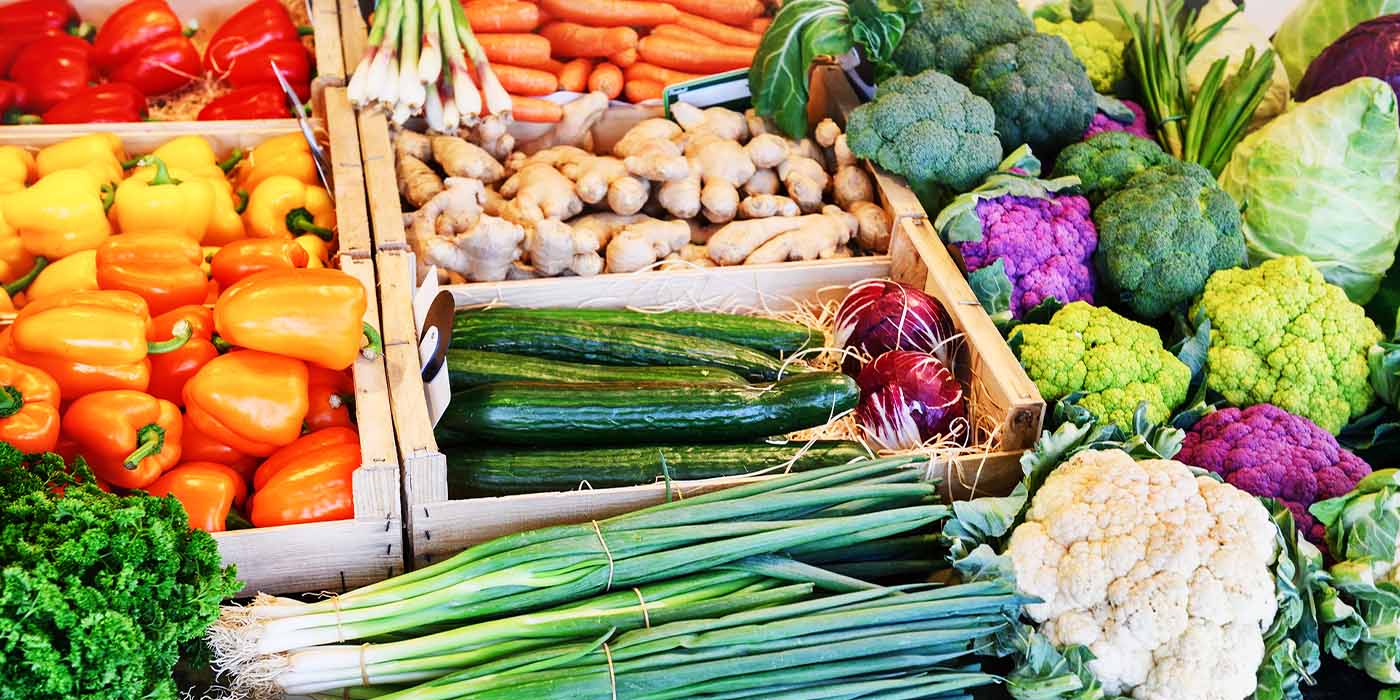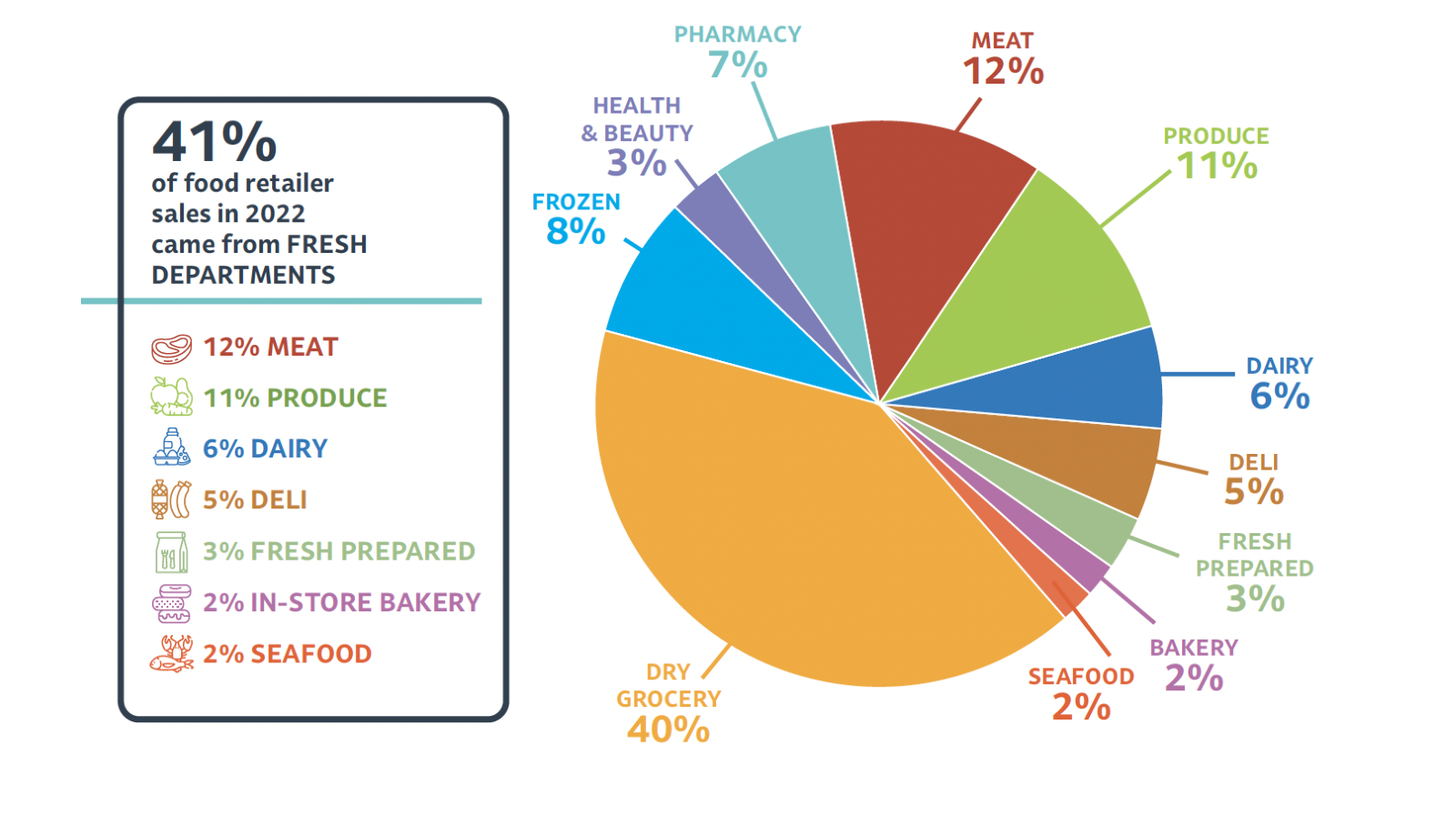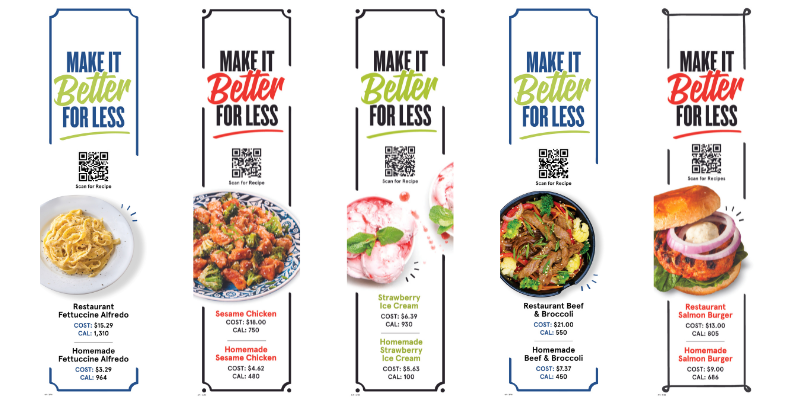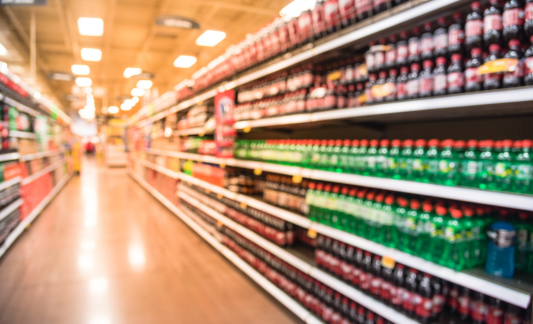Help Isom IGA recover from devasting floods

3 min read
How to Move Fresh Forward: Insights from FMI Fresh Forward and Fresh Leadership Council
Written by Michael La Kier
Aug 29, 2023
Recently I had the great fortune to represent the Independent Grocery Alliance at FMI FreshForward, where the industry came together to tackle the future of fresh at retail, generating new ideas and actionable next steps.
Speakers and peer-to-peer conversations focused on three important topics that will impact the fresh food category and grocery retail overall today and into the future:
- Meal planning: the latest action steps to support consumer meal planning and fresh foods (from scratch to prepared foods)
- eCommerce: an updated look at how to drive perishables momentum online
- Gen Z: the latest insights to accelerate engagement with younger shoppers and associates to drive fresh foods
Before diving into these topics, let’s first look at fresh foods. As a category, Fresh is important as it represents 41% of food retailer sales.

This importance is likely to increase as the majority of food retailers are looking to increase category emphasis in the future.

Meal Planning and Prepared Foods
The pandemic supercharged the meal planning category at grocery retail. Restaurant closures increased meals made and consumed at home. Those looking for quick and easy meals sought out prepared meals at grocery stores. Both food companies and grocers responded with new and innovative solutions to meet meal planning needs.
Despite the pandemic being behind us, meal planning growth has not dropped. The return to busier work and school schedules have kept demand high for convenient prepared meals at grocery.
Meals have been in demand at supermarket delis since the early days of the pandemic, but recent data indicates that the market will exceed more than $10 billion by 2024 (up from just $6.9 billion in 2021), according to Supermarket News. Making people happy with great food options is a huge opportunity for grocery.
Examples of how to make your prepared food stand out include:
- Tell the story of the food: where it's from, how it's prepared, how to use
- Highlight recipes and videos across all your owned media channels; comparing the cost (and health) of homemade dishes versus restaurants is a solid strategy
- Solve your shoppers' problem of figuring out what's for dinner by making prepared foods a focal point

IGA's Quarterly Marketing Kit signage features popular restaurant dishes and the cost and calorie savings by making it at home.
eCommerce
For retail, eCommerce is a driver of growth. Look at these statistics:
- 83% of U.S. households are eCommerce buyers
- 18% of households use at least some type of eCommerce grocery shopping
- 70% of sales will be digitally influenced by 2027
Grocery eCommerce trends have changed drastically in the past few years. Today shoppers have a range of options available when it comes to grocery shopping, including shopping online, hybrid shopping (BOPIS), or using third-party apps. While in-person shopping is still the most popular option, digital sales year over year are up in the U.S.
As we progress into the post-pandemic world, grocery retailers must continue to hone their models to be more effective and more efficient. This includes home delivery and click-and-collect.
Today, it's important to win in fresh eCommerce. Why? Retailers with high fresh found rates up to 30% larger baskets. Customers who engage online significantly increase total spend with retailers. To win in eCommerce, it's important to both nail the basics and innovate for growth. The benefit of eCommerce, beyond sales, is strengthening customer relationships by obtaining data, which in turn will create a virtuous cycle that drives better experiences.
Gen Z
A topic that is important to our independent grocery retail, the grocery industry, and the country. Today, Gen Z represents approximately $44 billion in spending power, which will grow tremendously as they advance in their careers. Earning their loyalty is critical to our industry.
Gen Z views the places they shop as a reflection of their values, and they want to shop retailers who reflect who they aspire to be. Sustainability is an important topic to our industry and Gen Z. To connect the two together, ensure that you are living up to the sustainability commitments that you promised. Always be authentic and use digital-first channels to share progress on your journey.
Also, be sure to review your product offerings to ensure relevancy to Gen Z; the desire to be social and gather around the table with family and friends remains a key connection point to drive growth for the grocery industry.
To be successful in the future, meal planning, eCommerce, and Gen Z are topics that must be addressed and IGA is a resource for grocers looking to double down.
Previous Story
← How Forage Tackles SNAP Online For Independents
You May Also Like
These Stories on From the Desk of
Dec 18, 2025 9:32:36 AM |
3 min read
Dec 10, 2025 4:57:50 PM |
1 min read


No Comments Yet
Let us know what you think